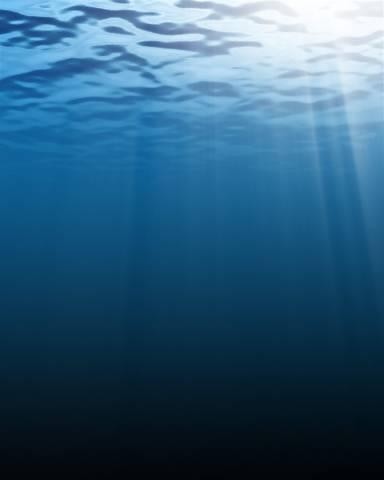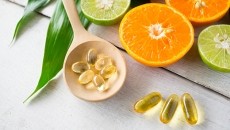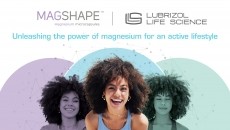Marine algae offer bioavailable, economic iron
economical, non-conventional source of iron to help boost intakes
around the globe, suggests a new study from Venezuela.
The Gracilariopsis species of algae was found to contain 196 milligrams of iron per 100 grams - the highest concentration - while all four algae sampled were found to significantly increase iron absorption when consumed in rice-based meals.
Ninety-six subjects consumed the meals, containing radioactive iron to trace absorption, report the researchers in the December issue of the Journal of Nutrition .
"Results indicate that Ulva sp, Sargassum sp, Porphyra sp, and Gracilariopsis sp are good sources of ascorbic acid and bioavailable iron," wrote lead author Maria N. Garcia-Casal from Instituto Venezolano de Investigaciones Cientificas, Caracas.
"The percentage of iron absorption was similar among all algae tested, although Sargassum sp resulted in the highest iron intake."
Iron deficiency remains the leading nutrient deficiency in both developed as well as developing countries.
It affects around one in five women in the UK.
Fortifying foods with iron also poses several challenges for the food industry, most notably with regards to effects on colour, taste, and the shelf-life of the food.
"Searching for of iron is important in underdeveloped countries to combat iron deficiency and anaemia," explained Garcia-Casal.
The researchers screened four marine algae - Ulva sp, Sargassum sp, Porphyra sp , and Gracilariopsis sp - for their iron, vitamin C, and phytic acid concentrations.
They report that highest iron concentrations were found in Sargassum (157 mg/100 g) and Gracilariopsis (196 mg/100 g).
However, depending on the time of year of the sampling and the species, the iron concentrations varied widely.
No phytates were detected in any of the species, while vitamin C levels ranged from 38 micrograms per gram of dry algae for Ulva to 362 micrograms per gram for Sargassum .
Garcia-Casal and co-workers recruited 96 subjects to test the absorption of iron from raw or cooked algae as part of a rice-based meal.
They report that iron absorption was similar amongst the algal species, but the highest iron intake was recorded for Sargassum sp .
"Based on these results, and on the high reproduction rates of algae during certain seasons, promoting algae consumption in some countries could help to improve iron nutrition," they concluded.
Further research is necessary to explore if these sources could be viable commercial sources, and to investigate the opportunity to produce concentrated extracts or the possibility for formulate into functional foods.
Scientists are increasing turning their attention to algae as nutrient factories.
The omega-3 fatty acid DHA extracted from marine algae is already commercially available, while several companies are offering the carotenoid astaxanthin from algal sources.
NutraIngredients.com reported last year of Indian researchers were exploring the potential of the green colonial microalgae Botryococcus braunii to be an alternative source of lutein ( Journal of Agricultural and Food Chemistry , Vol. 54, pp. 4593-4599).
Furthermore, Chinese researchers reported that brown algae could offer an novel source of prebiotics, after a rat study showed alginate oligosaccharides (AOS) increased the faecal bifidobacteria levels by 13-fold ( Nutrition Research , Vol. 26, pp.
597-603).
Source: Journal of Nutrition December 2007, Volume 137, Pages 2691-2695 "Nutrient Physiology, Metabolism, and Nutrient-Nutrient Interactions High Iron Content and Bioavailability in Humans from Four Species of Marine Algae" Authors: M.N. Garcia-Casal, A.C. Pereira, I. Leets, J. Ramirez and M.F. Quiroga












